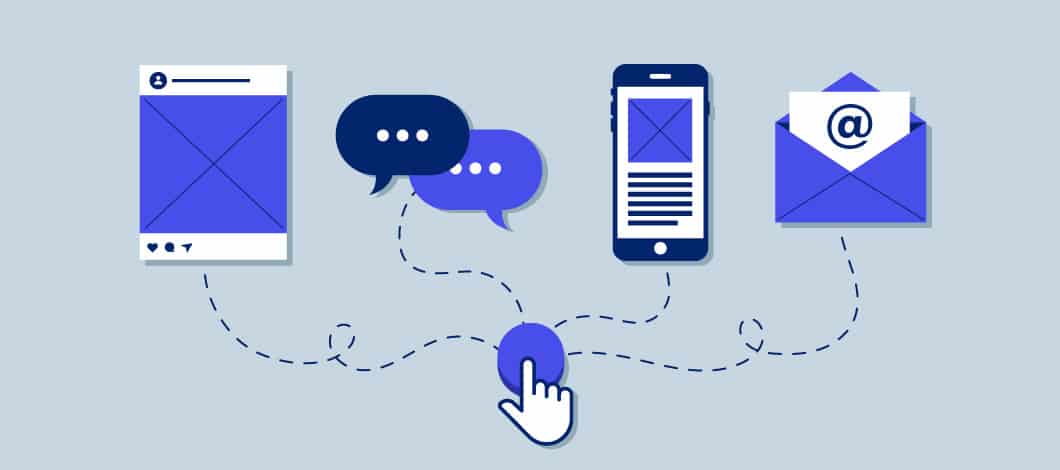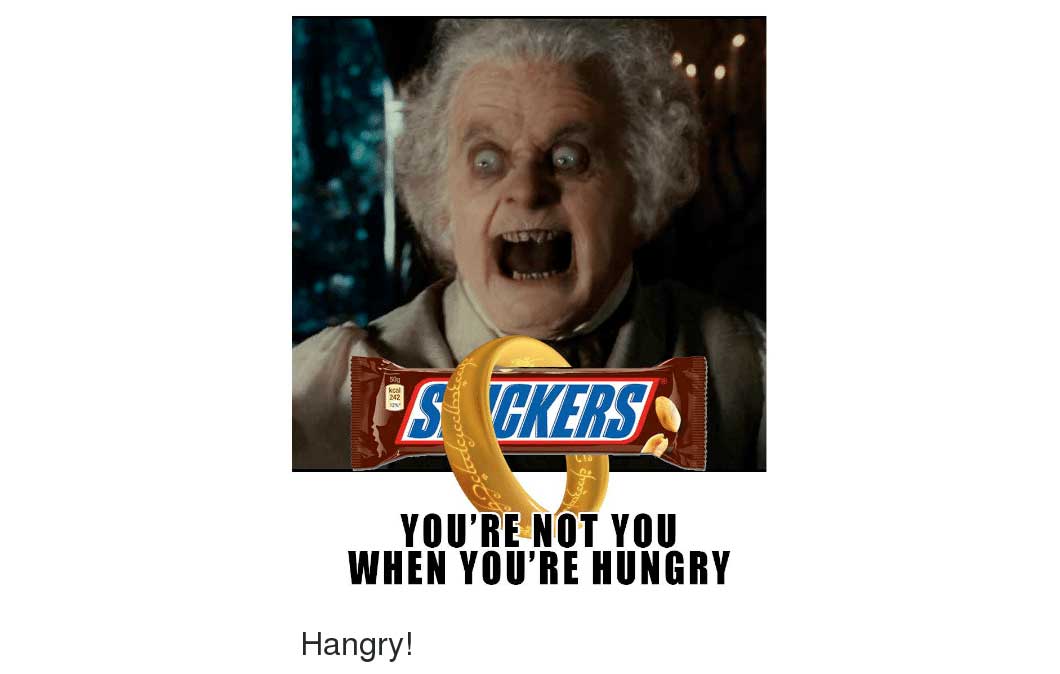Why is integrated marketing so important? Because customer experience is the No. 1 way to attract and keep customers.
About 32% of customers will leave a brand for good after having only 1 bad experience, according to research by PwC. The same study found 42% of people will pay more for a friendly customer experience.
This is Business 101: provide good service and people will come.
But how do you deliver that excellent experience across all your channels equally? Your website, email marketing, social media accounts, events, in-store experience, customer service, sales, webinars, pay per click (PPC) and other advertising — everything.
We’ll cover the how later on, but first: 3 examples of integrated marketing cornerstones and how they can deliver big results for your brand.
Example No. 1: Personalization Goes a Long Way
Personalized marketing used to mean inserting someone’s first name in an email newsletter.
By all means do that, but nowadays personalization can be much more powerful.
Netflix’s entire app runs on personalization and we’ve come to expect nothing less from the titan of home entertainment.
Everything about the app changes depending on who’s watching, including the shows being advertised when you sign in, to the categories presented on screen and even what order they appear in. The service’s algorithm knows all your habits and combines that with data from over 150 million accounts and 5 billion ratings to spit out custom recommendations for you, according to research by Toward Data Science
The Atlantic notes Netflix’s algorithm created 76,897 micro-genres it recommends to users based on their viewing history, device type and more.
Sure, there are the basics like “Critically Acclaimed Dramas,” but there are also:
- Showbiz Movies Based on Real Life
- True Bromance
- Deep Sea Horror Movies
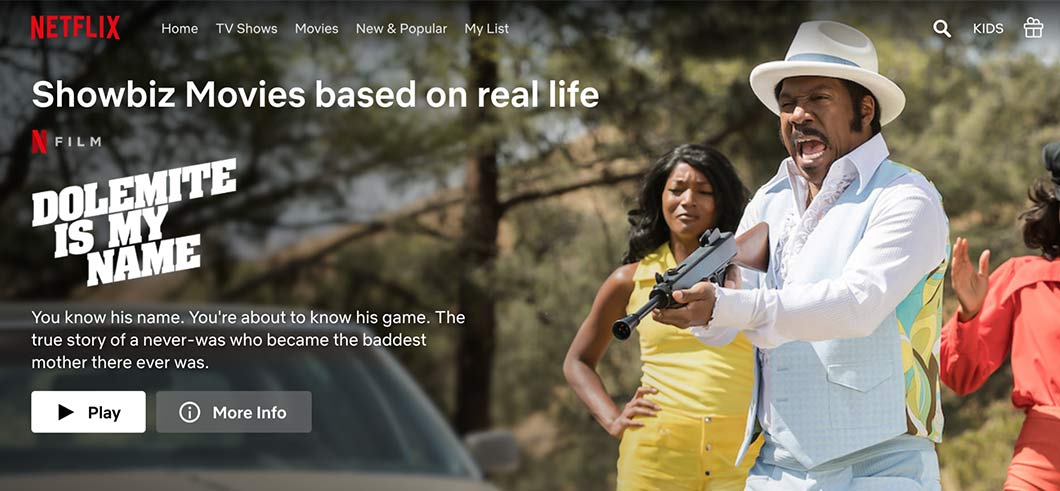
Because of the level of personalization that goes into the app, Netflix has confirmed that no 2 user home screens are ever exactly the same.
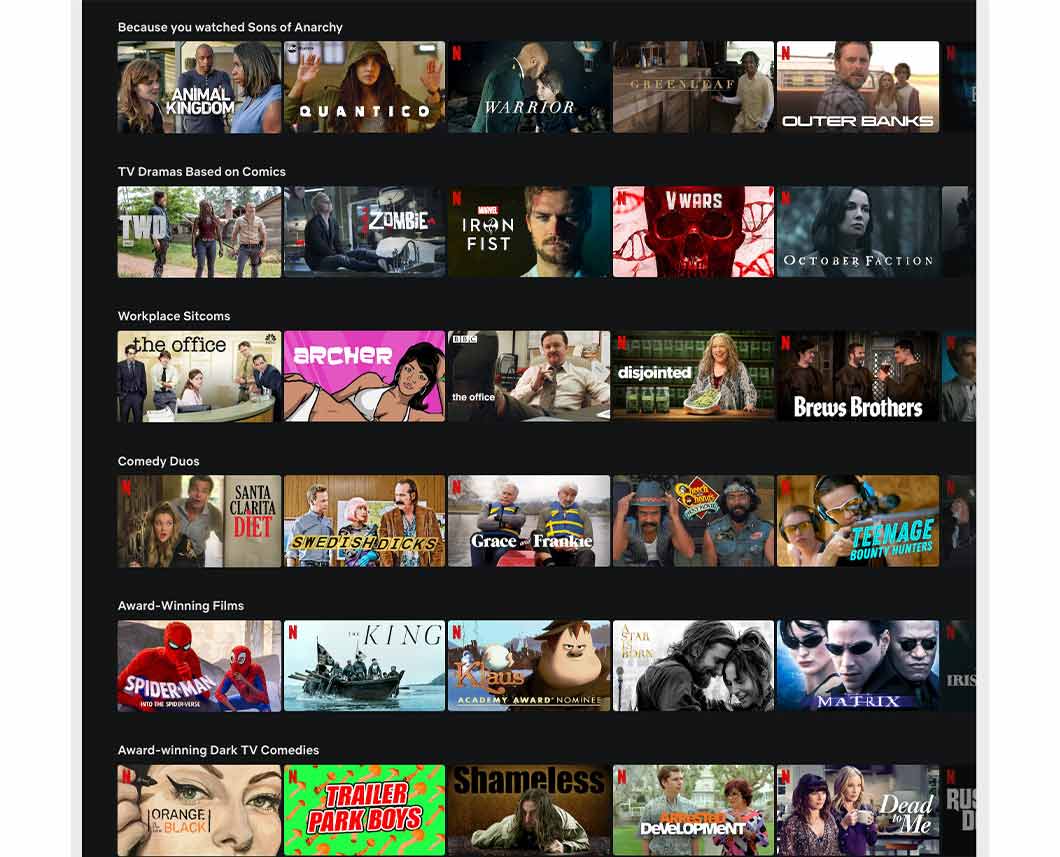
We love that Netflix knows us so well when we want to plop down on the couch and relax at the end of a long day.
However, what’s more annoying than when you log in and see content recommendations you don’t want to watch, because it has been influenced by your spouse’s or children’s viewing history? Quelle nightmare.
Netflix solved that pickle by adding separate profiles within user accounts so every member of a household can have their own, custom-tailored experience.
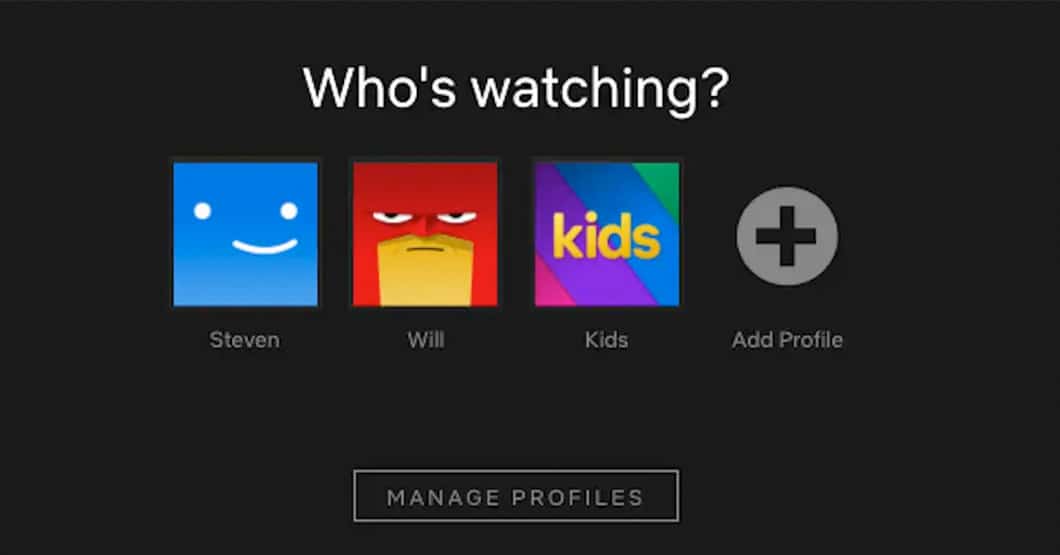
The most powerful personalization strategies are those that know us so well, we hardly even notice them in action. As with Netflix’s suggestions, it just becomes an expected part of our lives.
Example No. 2: Omnichannel Consistency
To a marketer, is there even a sexier phrase than “omnichannel consistency?”
For marketing to be integrated, it needs to deliver consistent messaging across all a brand’s channels, from PPC ads to billboards to social media and even how customers are treated when they contact customer service.
Perhaps one of the most well-known integrated campaigns is the “You’re Not You When You’re Hungry” by Snickers.
Launched in 2010 in a Superbowl ad, the premise for the campaign is basic: When you’re hungry, you can’t think straight, get grumpy and make poor choices. The answer? A hearty, mind-fueling Snickers, of course.
The premise works well because of its universal appeal. This allowed Snickers to run essentially the same campaign globally, without having to adjust the message to fit different cultures or lifestyles. Everyone can relate to being “hangry.”
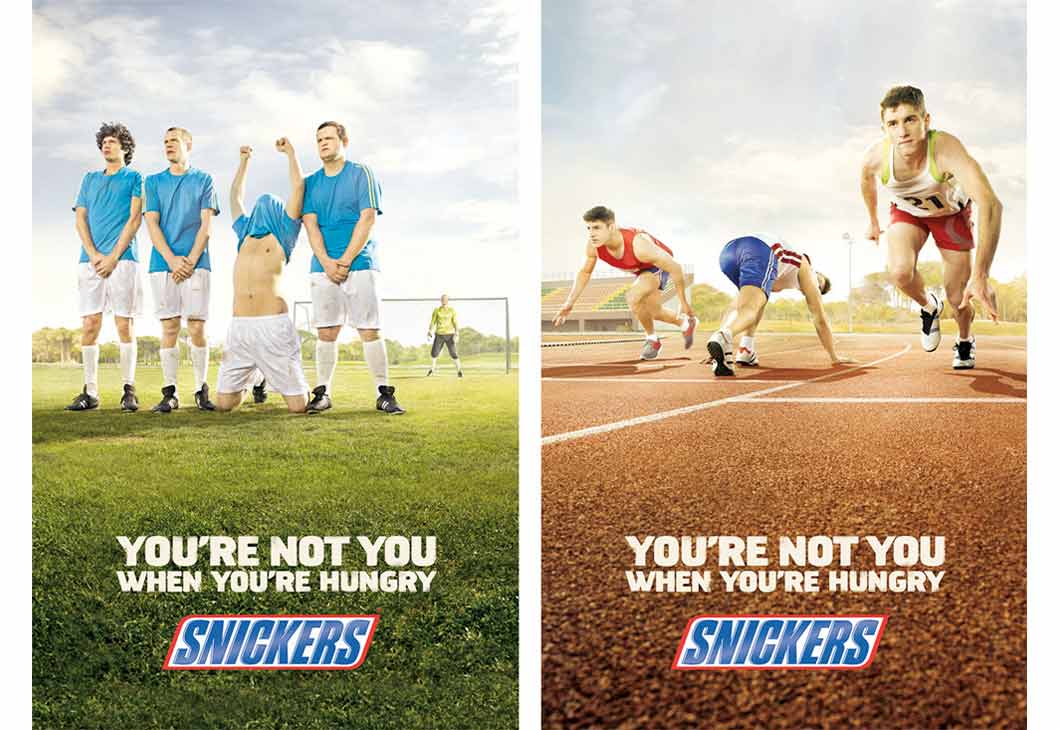
The campaign still runs now, 10 years later, across television, print, paid media and social media in more than 80 countries with very little changes from the original message. Local ads are tailored to popular events, sports or celebrities in that region and are a great example of a big global idea being executed well in each local market as well.
That consistency has paid off. The campaign led to a roughly 13% increase in Snickers sales as well as an 18,000% increase in searches for the brand on YouTube, presumably to watch its many celebrity-laden commercials.
Besides the campaign’s official media, it’s also the subject of numerous memes and unofficial content circling the internet, resulting in more than 400 million organic views.
Example No. 3: Showing Your Brand Values
American Express created the Small Business Saturday campaign in 2010, shortly after the effects of the 2008 recession were felt across the business world.
For 10 years now, the credit card provider has promoted the Saturday after Thanksgiving as a day to support local, small businesses to bring more holiday shopping revenue to businesses struggling after the recession, and now in 2020, during the pandemic.
The campaign is a hit for several reasons:
- It makes consumers feel good about helping their communities.
- It’s a universal message everyone is happy to support.
- Full integration across public relations, the general public, AMEX’s own clients, offline events, digital channels and support from local and federal government partners.
The campaign is about other businesses and supporting others, with AMEX’s own branding not being the central focus. That’s the key: AMEX is showing its values instead of telling them.
The campaign was promoted offline, online and to their small business card holder accounts, including tools for small shops to promote the campaign in their own marketing, too.
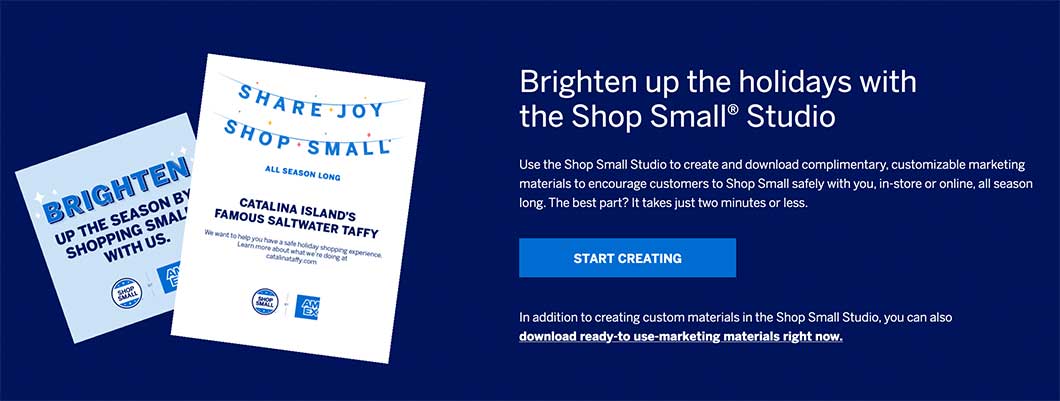
In 2020, AMEX modified the campaign to be its biggest yet and focus it around pandemic economic recovery. The company used statistics in the marketing, such as the fact that 62% of American small businesses need revenue to return to pre-pandemic levels by the end of 2020 to stay in business.
This unified approach ensured all materials and messaging were cohesive across all content channels.
The Shop Small campaign is now an annual event, and even has its own social media channels separate from AMEX.
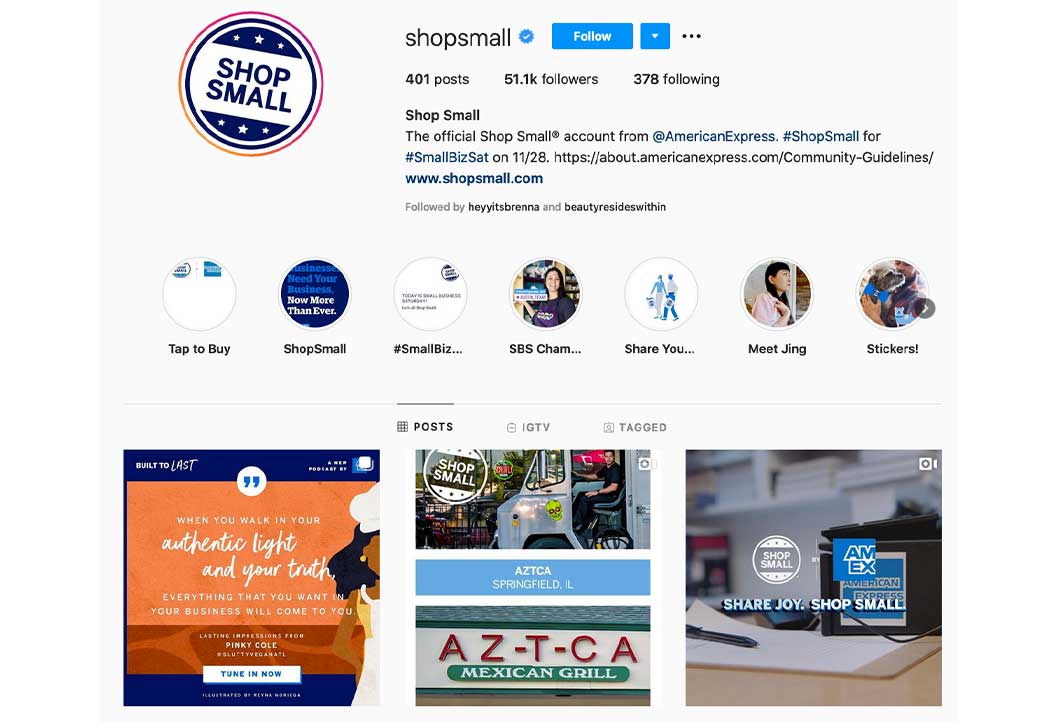
By rallying people around a cause, AMEX has built a feel-good movement that encompasses every customer touchpoint from in-store to online. By having an integrated team, the credit card company ensures that experience and messaging feels the same across the entire campaign, driving big results for its card members and their brand perception.
How to Create an Integrated Marketing Team
If you’re still thinking of each marketing channel or campaign as its own project, you aren’t integrated.
For integrated marketing to truly be seamless to your customers’ eyes across all channels and touchpoints, your internal team needs to be 100% in alignment on all campaigns.
I don’t mean have weekly all-hands meetings for status updates that are out of date as soon as everyone leaves the room. I mean your team needs to work together on all campaigns.
Forget the old model of having a website design and development team, an events/public relations team, a social media team — all working in separate departments and reporting to different managers.
For that sought-after seamless customer experience, all your designers, programmers, strategists, writers and everyone else involved in marketing needs to be one cohesive unit, reporting to one boss and working on every single campaign, event, ad and social post you put out into the world.
An integrated marketing team consists of:
- Clear information between all parties. Members know what the goal is and what their part in it is, as well as the overall strategy and marketing plan.
- Central resources. Keep target personas, brand guides, style guides and other brand materials accessible to everyone on the team to look at any time they need to.
- Shared performance goals for the entire team.
- Clear communication between sales and marketing to set mutually beneficial goals.
Of course, to keep everyone on the same page, you’ll need a robust project software that everyone can work from and see what others are working on. Small teams may like Trello or Slack, but for larger companies, you’re going to need something along the lines of Asana or Basecamp.
It will take time to build a truly integrated team but the ROI is well worth the effort.
Integrated Marketing Is the Future
Stop thinking of marketing on a per channel or per deliverable basis and embrace the new reality: customers are inundated with ads all day long. The average person in the 1970s saw about 500 ads a day. Nowadays, that is up to 5,000 ads a day, claims Jay Walker-Smith, president of market research firm Yankelovich.
To break through the noise and stand out, your customer needs to connect your ad to something else they’ve seen or heard. Most likely on another channel. Maybe they see your billboard walking to work and saw your social media post scrolling their feed before bed last night.
As more companies move toward integrated marketing, customers have come to expect a seamless experience across all channels.
Don’t get left behind. Integrate your marketing teams now and start wowing your customers with perfectly executed omnichannel campaigns designed to deliver the right message to the right customer, wherever they encounter your brand.



